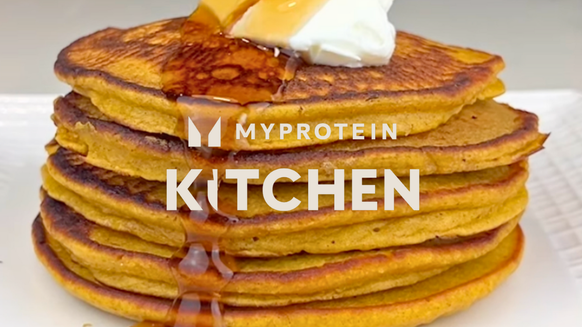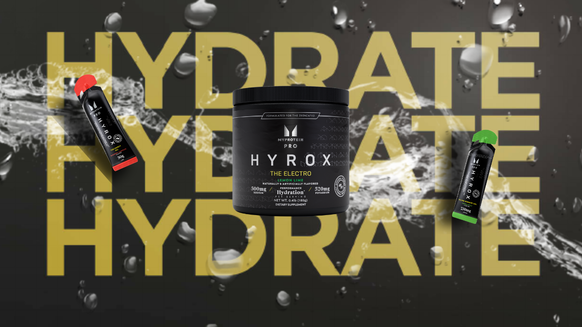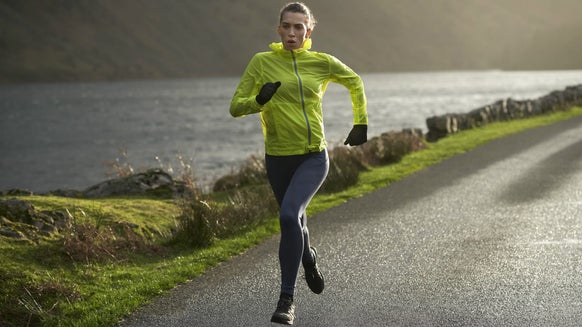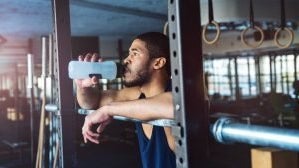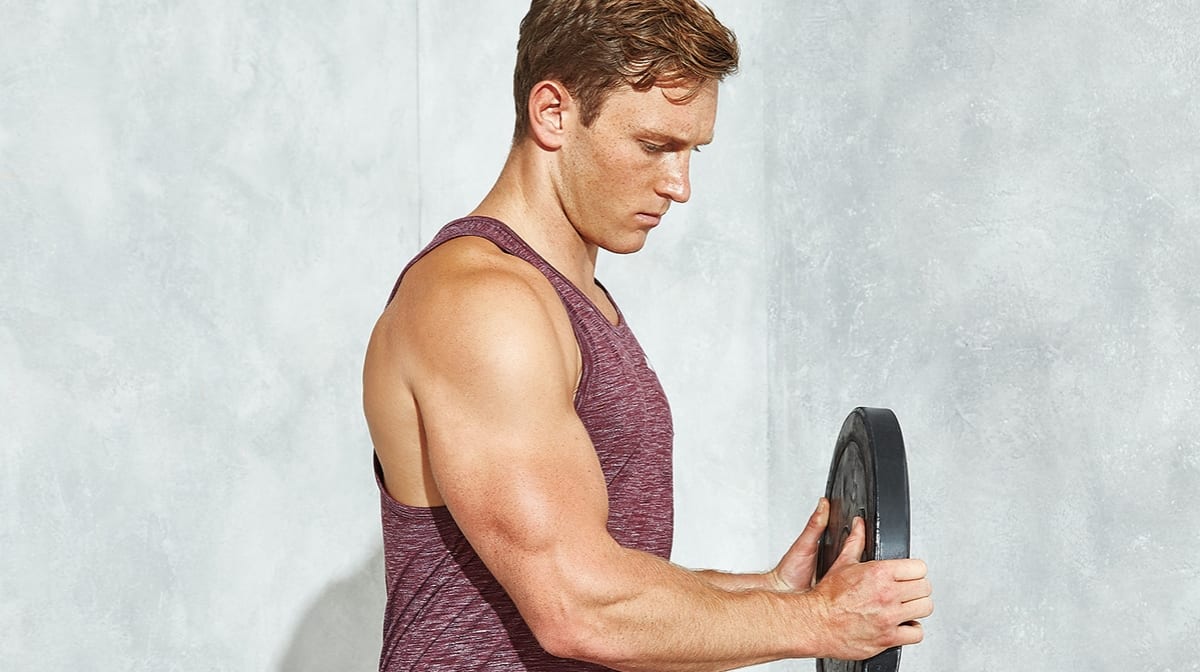
Perhaps the most aesthetically pleasing group of muscles is the well-developed, muscular chest. Chest training has gained immense popularity amongst gym-goers and is a firm favorite with beginners and seasoned gym enthusiasts alike.
With this said, what are the best chest exercises for beginners to develop their muscles? Does a beginner chest workout need to be different from the workout of someone who has been training for many years?
We’re going to answer your questions and give you the best exercises that will help you build bigger pecs.
Chest activation
The chest muscles are activated through two directional movements — pushing and pulling. Both movements are important for a well-developed chest, but beginners should focus mainly on pushing movements. That’s because pushing allows for a far greater load to be used, and lifting heavier will enable you to develop a greater amount of muscle mass.
1. The bench press
No beginner chest workout would be complete without the bench press. The bench press is arguably the most popular exercise in the gym for chest development. The bench press heavily involves the large muscle groups of the chest, the shoulders, as well as the triceps. You can do the bench press either with more or fewer repetitions, as well as with heavy or light loads.
How to do the bench press – beginner tutorial
https://youtu.be/d0eLSy44ov4
1. Lie flat on the bench press and grip the bar, with your hands just wider than your shoulders.
2. Brace your whole body and lift the bar off the rack.
3. Slowly lower the bar so that it touches your chest and hold this position for a second.
4. Push the bar up in a fixed-line until your arms straighten. Hold this position for a second before repeating the process.
5. Make sure your feet are flat on the floor at all times, with your hips on the bench.
6. Aim for 3 sets of 6 to 12 repetitions.
Common mistakes and how to fix them
While the bench press is a simple exercise, it’s easy to make mistakes which could make the exercise less effective and even increase the risk of injury. It’s important to that you do full reps, all the way up and down. If too much weight is on the bar, and you can only complete partial reps, this will reduce the ability for your muscles to grow. You’ll only be lifting the weights with a more minimal range of motion — so ensure you’re doing full reps to get the most out of the exercise.
It’s also important to not put too much strain on your shoulders — as this can increase your risk of developing a rotator cuff injury. Make sure your technique is correct and the weight is not too heavy — no ego lifting. Keep your elbows tight and pulled into your side (lats). Don’t let your elbows flare out.
Don’t be afraid to ask someone to spot you. When beginning to learn the bench press, it might be useful to have a spotter standing by to help you — in case you get stuck. The spotter should not be doing the work for you, but only assisting if you can’t finish a rep.
2. Dumbbell Flyes
Dumbbell flyes, are an isolation exercise and are usually performed after big compound lifts, like the bench and incline press.
There’s no need to lift as heavy too, as dumbbell flyes are usually completed with lower weights — focusing on the form and squeeze held with every rep. Dumbbell flyes are an excellent finishing move and a great way to isolate your chest after a lot of pressing exercises.
How to do the dumbbell flyes — beginner tutorial
https://youtu.be/mFmgYDPFCOw
1. Sit down on a flat bench with a dumbbell in each hand resting on your thighs. (The palms of your hands should be facing each other).
2. Lower yourself down until you’re lying flat. The dumbbell should remain close to your chest.
3. Once you’re lying flat, press the dumbbells up above your chest. This is your starting position.
4. With a slight bend in your elbows, lower your arms laterally until you feel a stretch in your chest. The dumbbells should be level with your chest on both sides.
5. Return your arms to the starting position and squeeze your pecs together. Remember to keep your arms steady throughout the movement.
6. Don’t let the dumbbells touch as they meet at the top, holding for a second in the contracted position. Repeat the movement for the number of reps you need.
3. Incline chest press
One of the most difficult areas of the chest to develop is the upper chest, where the muscle sits under the collar bone. By using an incline movement, the upper fibres of the chest are involved more and are thus more likely to develop and grow.
How to do the incline chest press — beginner tutorial
https://youtu.be/uKZYKoxis-I
1. Lie on the incline bench press and grip the bar with your hands just wider than your shoulders.
2. Brace your whole body and lift the bar off the rack.
3. Slowly lower the bar so that it touches the top of your chest and hold this position for a second.
4. Push the bar up in a fixed-line until your arms straighten. Hold this position for a second before repeating the process.
5. Make sure your feet are flat on the floor at all times, with your hips on the bench.
6. Aim for 3 sets of 6 to 12 repetitions.
Common mistakes and how to fix them
If you’re new to the incline chest press, it’s better to start off with a lighter weight. Ignoring form and trying to lift heavy is one of the most common mistakes people make when trying to hit the bench press.
It can take a while to master the correct balance with your arms lifting at a slightly different angle to the standard bench press. Make sure to do full reps, all the way up and down, for maximum growth.
4. The push-up
The push-up is often overlooked but, when done correctly, is an excellent exercise for developing your chest and shoulders. It also helps develop your arms and core. Best of all, the push-up doesn’t require any equipment and can be done either at home or in the gym.
How to do the push-up – beginner tutorial
https://youtu.be/_Luxy8rPzuU
1. Lie face down, with your palms on the floor, next to your shoulders. You can also use a bench.
2. Keeping your back straight, push your hands into the ground so that your torso lifts upwards off the floor. Make sure your hands, wrists, and elbows stay in a straight line throughout the movement.
3. At the top, hold this position for a second and then lower yourself back down to your starting position. Hold this for a second and then repeat the above steps.
4. Keep your core locked as tight as possible throughout.
5. Aim to complete 10 reps.
5. Floor Press:
A good move if you need to hit your chest but don’t have a bench available and with all the same characteristics as the chest press moves, you’ll feel similar results.
Start with the dumbbells resting on your knees and lie back on the floor using your knees to kick the dumbbells into position. Plant your feet as this is better for ensuring the lift is powered purely by your upper body.
Once you’re holding the dumbbells above your chest with your arms outstretched, slowly lower it until your upper arms are touching the ground, then press it back up explosively.
6. Dumbbell Chest Press:
A handy alternative to the barbell chest press however, it uses the same movement but as the dumbbells are separated, you will open up the chest more at the bottom of the movement activating more muscle.
Lie back on a bench holding a dumbbell in each hand just to the sides of your shoulders. Press the weights above your chest by extending your elbows until your arms are straight, then bring the weights back down slowly.
Take the weights down past your shoulders and bring them closer together at the top of the movement. Don’t touch the dumbbells at the top, as this will take some of the strain off your muscles.
7. Cable Chest Press:
The cables offer an alternative to the barbell and dumbbells and also off a layer of support for a beginner. Add a crossover in at the end of the movement for extra muscle activation.
Adjust the height of the pulley lever to be at shoulder height.
Place yourself in the center of the pulley machine while holding the handle of each side. Brace your abdominals and take a step forward. Bring your arms up to shoulder height. Begin the movement by pushing the handles forward. Be sure to focus the contraction in your chest muscles. Once fully extended, pause then slowly release to the starting position.
8. Decline Push Up:
A useful alternative to the incline chest press using your bodyweight and a raised surface and handy if you are limited on equipment.
Kneel down with your back to the bench. Place your feet on the bench. Put your hands on the floor, shoulders over your wrists and elbows at 45 degrees. Brace your core, glutes, and quads to keep your body straight and steady. Push into the floor to return to starting position, extending your elbows.
9. Cable Crossover:
Another handy alternative and this time it takes the dumbbell flyes place. Additional support as a fixed machine and can help perfect the technique of the movement before jumping onto the dumbbells.
Start with the cables positioned in a high position, ideally at shoulder height or higher. Whilst holding the cables in both hands, lunge forward so that one foot is placed in front of the other. Slightly lean forward and bend the front knee, ensure keep hands on the cables at all times. Throughout the movement, allow a minor bend in the arms to reduce tension on the joints/ As your chest has become fully stretched, exhale and bring the cables together to the middle of your torso. Once the cables have been pulled in and are almost touching each other; squeeze and isolate the chest. Once you have fully performed the movement, slowly release the arms back to where you started.
10. Close Grip Bench Press:
Lie on the bench with your feet flat on the floor and grip the barbell with your hands around shoulder-width apart. Don’t move them too close together or the set-up will become unstable and you’ll risk an injury to your wrists. Brace your core and squeeze your shoulder blades together to stabilise your body. Lower the bar slowly and press up powerfully. Then bring the bar back down towards your sternum. Keep your elbows close to your sides to emphasise your triceps and don’t arch your back
Take home message
We've looked at some of the best exercises to get a bigger, more well-developed chest. As a beginner, it is a good idea to have a spotter close by in case you require any help.
Remember to always use a full range of motion, with a controlled technique to get the most out of your workout. Once you feel you're comfortably completing each exercise with your target reps and sets, look at adding additional weight to keep the exercise effective — to help add size to your chest.
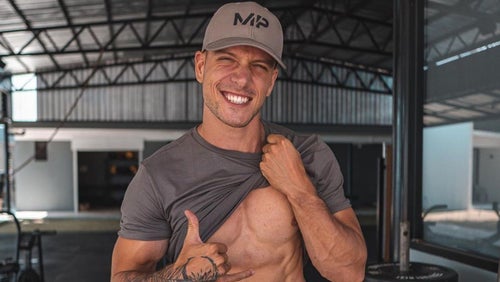
14 Chest Exercises For Your Home Workout
If you thought you needed the gym to pump up your pecs, think again....
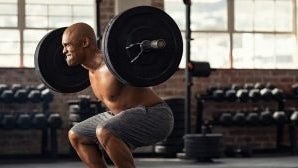
Don’t Queue For The Squat Rack | 3 Barbell Squat Alternatives
Don't skip leg day because you can't get a squat rack — try these alternatives i...





